March 06, 2024
Why The Right To Repair Our Bicycles Is Essential
This article is authored by Carlos F. Pardo, a Colombian psychologist and urbanist with expertise in city development, mobility, climate change, technology, and public policy.
Carlos has advised projects across the Global South and is the founder of the Bogotá-based organization Despacio.org. Currently, he is an advisor to global institutions like UNEP and the World Bank, and is the founder of sabidurAI and maya airways.
In most of the world, bicycles are a well-known artifact and are an essential aspect of people’s lives: they may have been one of their first toys, their sports apparatus and, if they are lucky, also their mode of transport. However, for many reasons, many bicycles are left behind in garages or landfills, forgotten once their owners have decided they are no longer useful to them. At the same time, there are people in countries and cities around the world who can vastly improve their livelihoods by having access to a bicycle, but have not had the chance to acquire one because of a lack of resources or capital. Increasing these people’s chances of accessing or owning a bicycle can go a long way towards improving quality of life, access to jobs and services, and reducing rates of poverty.
While cities certainly need to improve higher-level bicycle infrastructure, policies, and operations, it is also important to increase the availability of low- or no-cost bicycles themselves — particularly for lower income and marginalized populations. Initiatives with this purpose have existed for a long time in the form of straightforward bicycle donations, “bicycle kitchens” (where people can visit, fix their own bicycle, and learn to do so) and other efforts aimed at improving low-quality bicycles. Their business models generally require donations in money, people’s time, and bicycle parts or complete bicycles in some state of disrepair.
These efforts have also generally existed in a ‘Global North to Global South’ framework, where an organization or program from a developed country collects large amounts of unused bicycles and sends them to a lower-income country for reuse. ITDP’s own history as Bikes Not Bombs is one such example. In 1984, ITDP founder Michael Replogle had the idea of addressing the US-led bombing campaign in Nicaragua by sending bicycles as a form of humanitarian aid to people who desperately needed mobility, from teachers to healthcare workers. The Bikes Not Bombs concept, which still exists as an independent organization today, organized bike clubs and churches in the US to donate secondhand bicycles as a means of repurposing equipment and promoting cycling as a universal, accessible mode of mobility.
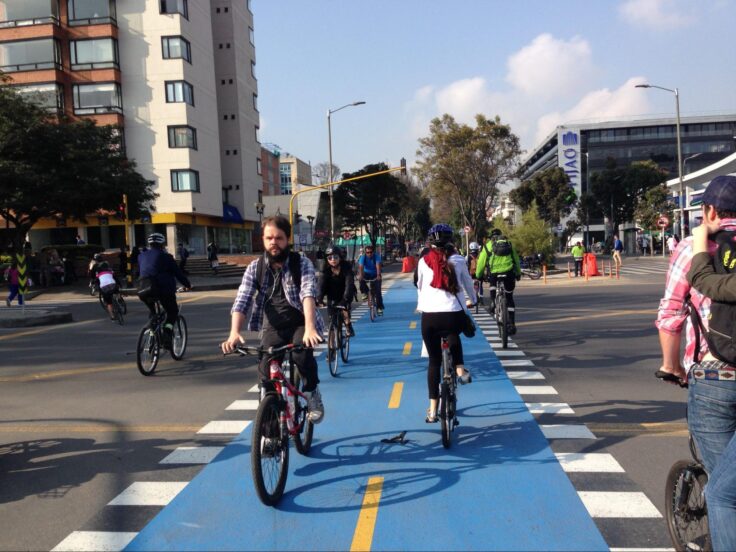
At the same time, few examples exist of initiatives trying to achieve the same goals within a country in the Global South itself, which is what led to the creation of the Bogotá-based team at maya airways. Using money, time and bicycles (and their parts) from different places to create refurbished bicycles, art and jewelry, the program aims to improve people’s daily lives while ensuring that access to reliable, safe bicycle equipment is available to all types of communities.
Namely, our team uses the results of our work (refurbished bicycles or the money earned from items we sell) to adjust and maintain the bicycles of low-income young people in and around Bogotá. We also organize events to promote the initiative and are working to create the largest public library of bicycle books in the world. We also work with international initiatives such Working Bikes in Chicago, USA, from whom we are receiving used bicycles for donations and deployment in Bogotá and its surrounding metropolitan region.
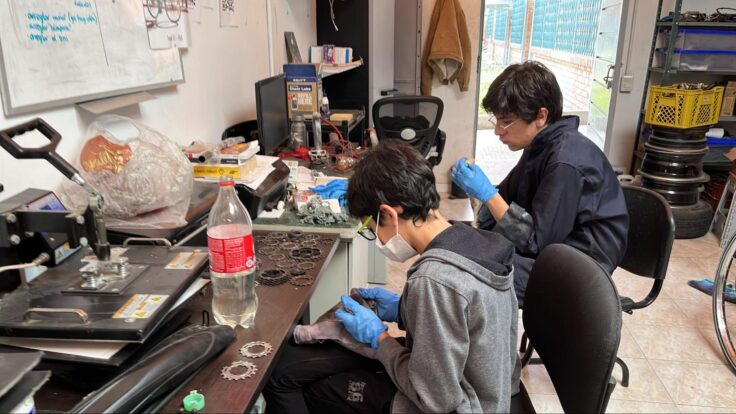
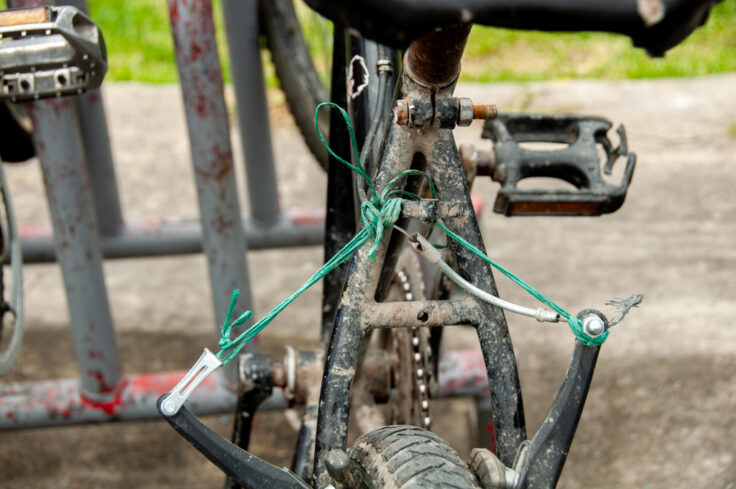
Learn more about ITDP’s Cycling Cities campaign that is working to promote access to more urban cycling infrastructure and resources.
There is greater depth and importance in this type of programming than one might imagine. To start with, involving anyone in fixing and building bicycles is great for skill-building and learning. As Zack Furness states in his book, One Less Car: Bicycling and the Politics of Automobility:
“Teenagers, especially those considered ‘at-risk’, seem to benefit substantially from their participation in these programs, as they are model examples of service learning that utilize experiential pedagogy… Hands-on atmospheres, like the ones facilitated in community bike shops, help to teach kids of all ages self-discipline, patience, respect, and cooperation, values that are sometimes hard to grasp in the traditional classroom.
Cyclists who work with children or teenagers recognize that bicycle programs are successful when they encourage students to cultivate their own interests and/or aesthetics. As a result, certain groups actively incorporate artistic and creative practices into their programs, far beyond the basics of bicycle construction, maintenance, or bike safety.”
In addition, the idea behind fixing a bicycle is crucial to an understanding of maintenance that transcends bicycles, and can even be considered a form of ‘soul-searching’ for some. Though speaking of motorcycle maintenance, Robert Pirsig famously wrote that “the real cycle you are working on is a cycle called yourself”, and author Matthew B. Crawford has also stressed that hands-on maintenance is good for the soul: “there are fewer occasions for the kind of spiritedness that is called forth when we take things in hand for ourselves, whether to fix them or to make them” (from Shop Class As Soulcraft).
What’s more, bicycles have existed for generations as essentially the same simple mechanisms (strictly speaking, a collection of simple machines) that work solely with a person’s physical effort and nothing more, and thus should be easy to maintain with just a few tools.
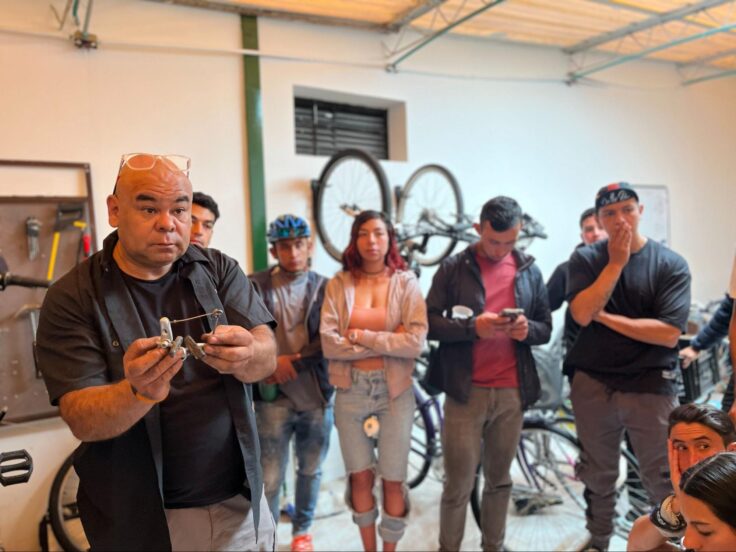
However, many of these appealing characteristics of bicycles may be at risk with the proliferation of more modern bicycles that consist of increasingly complex sets of screws, tools, and mechanisms, let alone the incredible complexity of e-bikes. This may be good in a sense: e-bikes are a fundamental revolution of mobility that may help us with finally achieving a mode shift away from private vehicles towards cycling.
The question we find ourselves grappling with is whether we can keep the mode shift potential of e-bikes while also preserving the beautiful simplicity of a traditional (sometimes called ‘acoustic’) bicycle. More importantly, we must consider the question of whether the bicycle industry as a whole is looking in this direction as well, or whether they are aiming to redefine the bicycle as a product of programmed obsolescence.
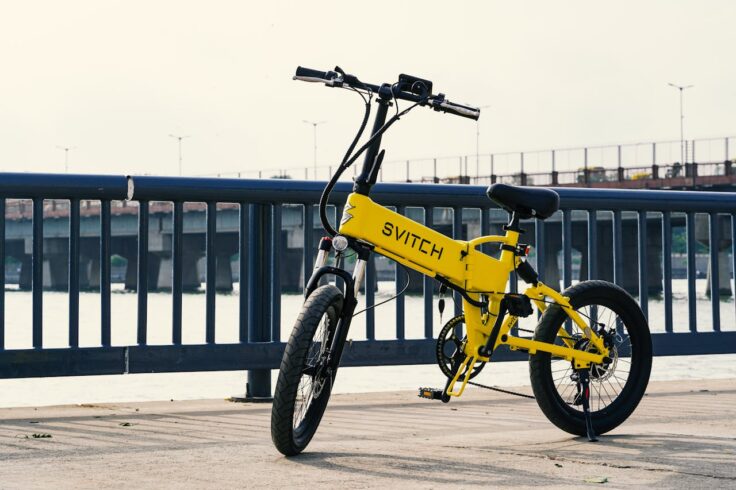
Everyone should be able to fix their own bicycle, and we should be able to help others in fixing theirs. Bicycles should be simple enough so that any ordinary person can assemble most of its parts with a handful of tools that are easy to find. We should continue to have a right to repair our own bicycles, one that we may be losing in the face of new technologies and change in the sector.
Lastly, we should be able to refurbish older bicycles with existing parts without issues of compatibility that result from too-frequent changes in dimensions and sizes of such parts. Efforts like ITDP’s Cycling Cities campaign have made progress in amplifying and highlighting the importance of cycling infrastructure and policies that enable more people to cycle globally.
To complement these networks, it is just as important that we have support for the physical bicycle itself and the equipment to ensure that all communities have the ability to repair and maintain their fundamental access to mobility. Ensuring the reuse and longevity of bicycle parts and availability of repair and maintenance options, especially for marginalized groups, ultimately helps build a broader and more connected culture around cycling.
By taking a holistic view of the cycling sector, governments, manufacturers, and business owners can make sure that all people have the right to bicycles and their upkeep – starting with simplest parts.
